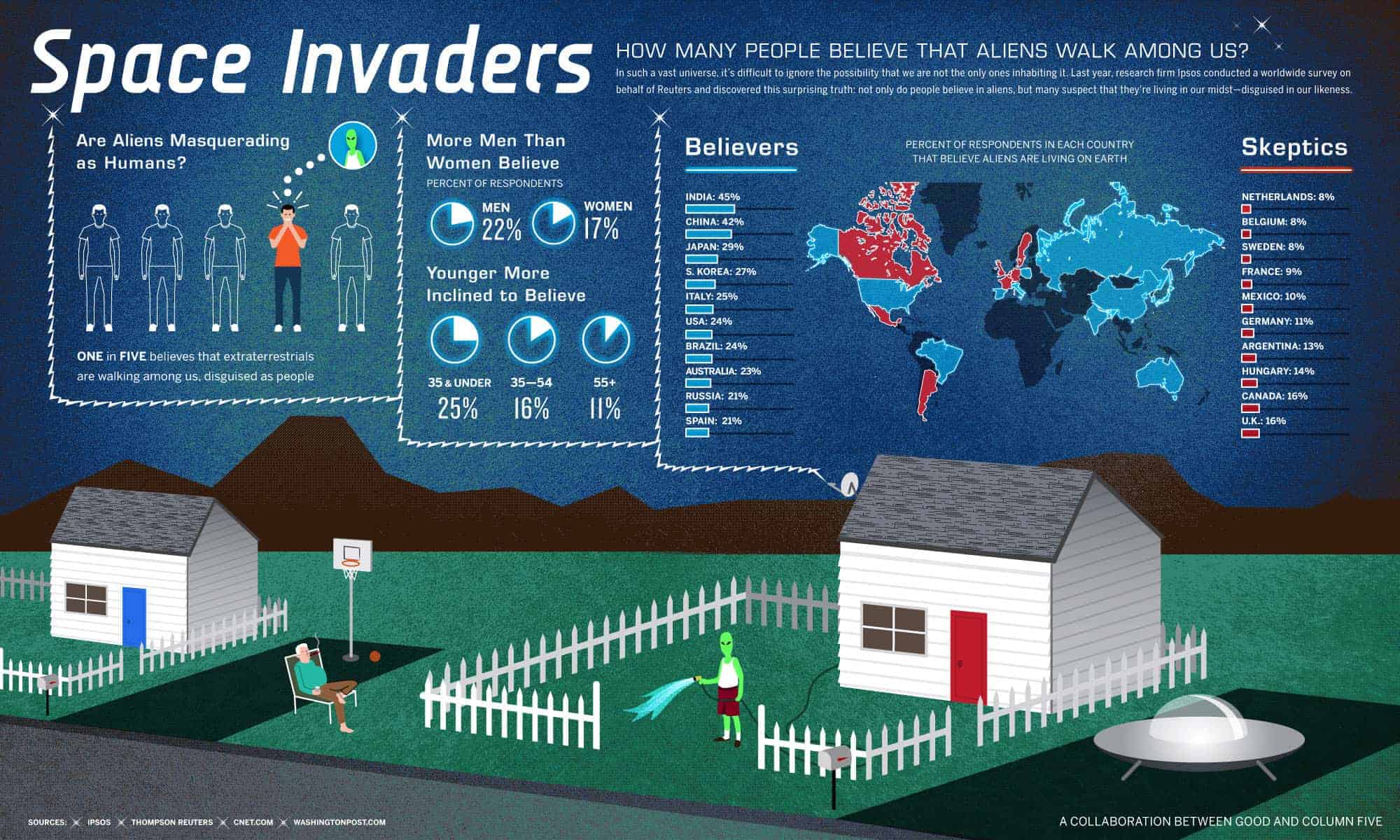“Social Media is not about the exploitation to technology but service to community”
In times like these where the world is constantly changing, keeping oneself up-to-date with current news and affairs is becoming increasingly important. Though not everything that happens around the globe has a significant immediate impact on each one of us, being aware and well informed surely holds an excellent value.
While surfing through Facebook, Twitter or say LinkedIn, I often stumble upon some very interesting news feeds, articles, blog posts. I personally must agree that I spend more time on these sites than on any of the official new websites. Hence, for me, social media happens to a chief source of news. It is really thought provoking as to how social media brings together news, trends and best practices from various parts of the world. Facebook and Twitter also provide platforms that host live videos and real time updates.
Having said all this, recently I came across an article which left me wondering. The article – People Don’t See Social Media as an ‘Important’ News Source claimed that one in ten US adults get news on Twitter and four in ten get news on Facebook. It had a couple of pie charts which showed that 17 % of US adults use Twitter and 10% get news from Twitter. On the similar lines, it showed that 66% of the US adults use Facebook and 41% get news on Facebook. Reading through the entire article, I learnt that it also provided some more information like the importance level of these sites and how do the younger generation perceive them.
Here’s my analysis over the visualization and the data presented in this article.
What did I like?
- The caption of the figure itself summarizes the findings the pie charts want to convey.
- By putting the numbers in a scale of 10, we can easily interpret what role Facebook and Twitter play in conveying news to the adults in the US.
- It also gives a quick comparison of the popularity of two of the biggest platforms which social media offers today and how adults contemplate them.
What more could it include?
Audience: Giving a thought on which group of users would find this information useful, it would be perhaps website hosts (Facebook and Twitter), news networks (having their official pages and accounts on FB & Twitter) and lastly the general curious public (like me!). As professor has been mentioning in class, every claim must promote some action. This chart is not actionable as it does not really provide much details as to what action each of these audience categories could take for their benefit. If it provided some details on the specific new channel accounts/pages are being followed/liked by those 10% of users(Twitter) and 41% of users(Facebook), it would then help in understanding the demand of various news networks. It enables a news network to take appropriate decisions to improve their visibility. It would also give Facebook and Twitter an opportunity to work on their algorithms of recommendations/suggestions for people.
Important Level: The table included below the graph depicts 3 levels of importance cited for FB and Twitter as a source of news – most important, important, not very important. If this information was included in the pie chart itself, the chart would have been more descriptive. Apart from that, the math being done seems to be incorrect because the percentage breakdown for Twitter users exceeds 100.
Age group: The chart only focuses on the US adults. However, the article also mentions that the younger Facebook and Twitter users tend to see the services differently than their older counterparts. As a viewer, I would also want to see the statistics for the younger generation since they have a comparatively better hold on technology. Hence it makes me ponder if the article title really holds true?
Other sources: The author could have also included data regarding what other sources are people considering to catch up with the news, if not Facebook or Twitter. Hence to me the chart is not completely functional.
Aesthetics: Using bright relevant colors and a bigger font would help reach out to a larger audience. The colors being used also plays a role in engaging the viewers.
Better Design – The author could have also furnished more insights of their research by doing something like this:
http://www.journalism.org/2013/11/14/news-use-across-social-media-platforms/5_profile-of-the-social-media-news-consumer/
The above visualization released 2 years back has a similar domain and is way more descriptive as it also categorizes the audience, news sources and social networks into different classes.
Redesign – In the below link, I have tried to redesign the visualization to present my ideas based on the data the author must have had post the research.
https://drive.google.com/a/scu.edu/file/d/0Bz_BJfR_3JJDVGhaTEJEUjM0Qm8/view?usp=sharing
Conclusion: The article does provide some very interesting insights. But the charts included did not seem to be complete and are less instructive. Working more around the charts and the visualizations would empower the audience to act in a specific direction!
References:
https://www.gooddata.com/blog/5-data-visualization-best-practices
https://www.digitalready.org.au/training/social-media/why-have-an-online-presence/the-importance-of-social-networking




